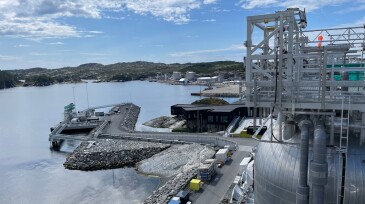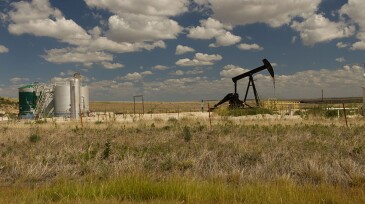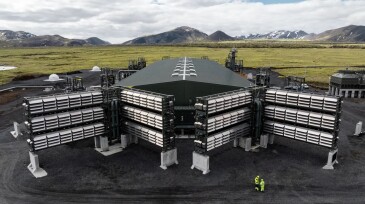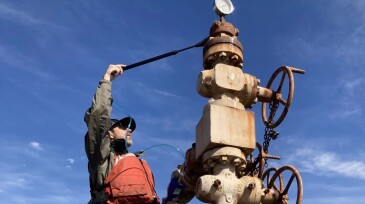Carbon capture and storage
The early enthusiasm for carbon capture and storage (CCS) is showing signs of strain as the limited capital availability and political support become clearer.
The two companies said they will evaluate the possibility of a joint venture to develop a direct air capture hub in South Texas, with XRG considering investing up to $500 million.
The plant at Heidelberg Materials’ cement facility in Brevik, Norway, has captured its first 1,000 metric tons of carbon dioxide.
-
Reducing greenhouse-gas emissions with geologic carbon storage will require a new way to model rock physics.
-
Government grants and tax incentives will drive carbon capture, storage, and/or utilization projects in the next decade as the industry seeks profitable business model.
-
Last month in North Dakota, over coffee and kuchen, my friend Dick shared his challenges with vague offers for leasing his pore space. As legal rulings and tax credits complicate the landscape, landowners face a murky world of deals. How can a proposed deal be determined as good or bad?
-
Despite more than 3 decades of intense focus on emissions issues, global emissions have only increased instead of going down. It’s imperative to question the efficacy, premises, practicality, and overlooked hurdles of current approaches.
-
The Permian’s produced-water challenge presents an opportunity for innovation to pave the way toward a more sustainable future for the industry.
-
An economic analysis of a wellbore methodology in natural gas fields that uses gasification of methane within the wellbore (not within the reservoir) for hydrogen production while incorporating simultaneous sequestration of carbon. This new methodology offers significant energy and cost savings in addition to zero carbon being produced to the surface.
-
Definition and call for participation in the 11th Society of Petroleum Engineers Comparative Solution Project, which is motivated by the immense challenge of achieving geological carbon storage at a scale that impacts significantly atmospheric emission of carbon dioxide.
-
The plant is designed for a capture capacity of up to 36,000 tons of CO₂ per year once in full swing by filtering CO₂ from the air and storing it permanently underground. The company is also developing multiple megaton hubs in the US.
-
Companies are rushing to inject carbon into Louisiana’s ground, but will thousands of abandoned wells allow it to escape?
-
The inaugural SPE Workshop on CCUS Management in China was held in April in Qingdao. The workshop highlighted recent advances and technical challenges in CCUS management and attracted 104 attendees representing 19 organizations from eight countries.













